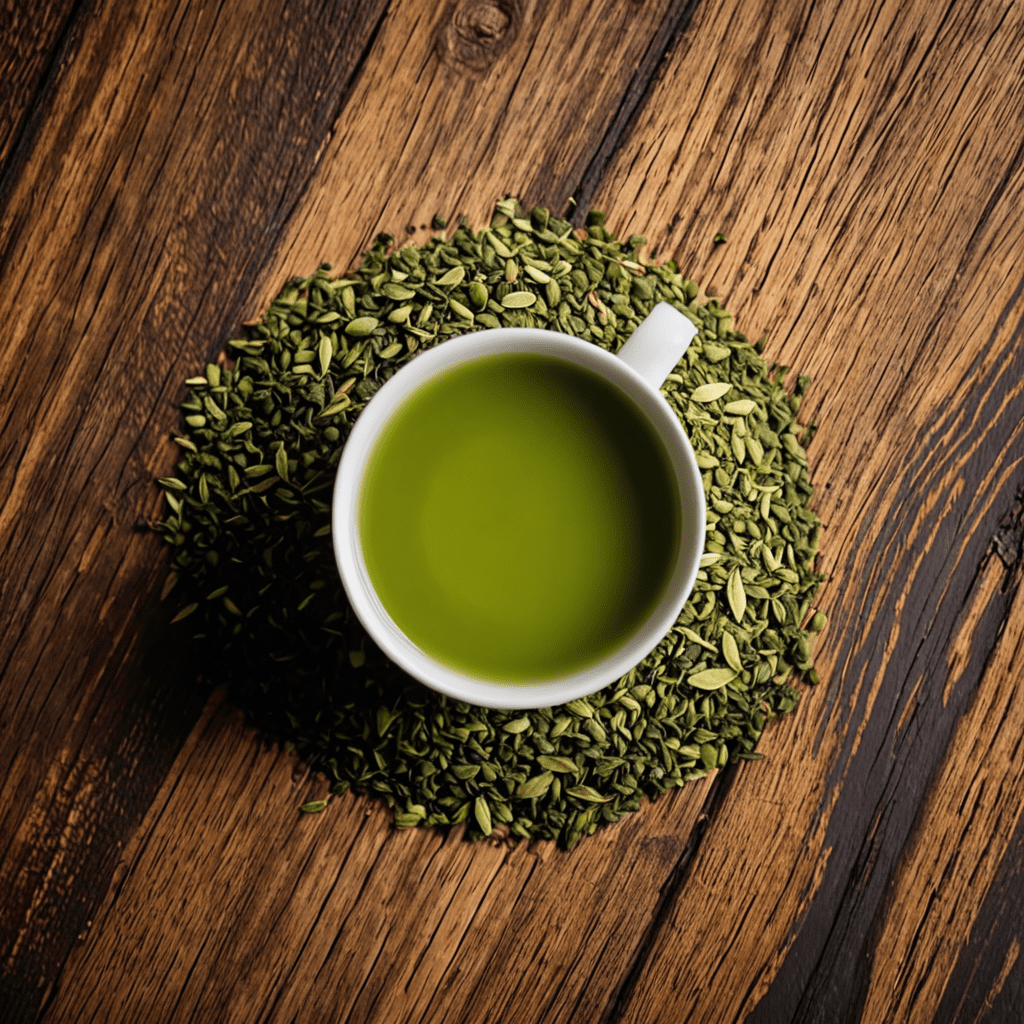Historical Origins of Assam Tea: A Legacy of Excellence
Assam tea, renowned for its robust flavor and rich amber hue, traces its origins to the verdant valleys of Assam, a state in northeastern India. The story of Assam tea began in the mid-19th century when British tea planters embarked on a mission to establish commercial tea plantations in India.
In 1823, Robert Bruce, a Scottish adventurer, discovered wild tea plants growing in the Brahmaputra Valley of Assam. Recognizing their potential, he sent samples to the Botanical Gardens in Calcutta for analysis. The results confirmed the presence of the prized Camellia sinensis plant, the source of all true teas.
Intrigued by the discovery, the British East India Company decided to cultivate tea plants in Assam on a large scale. In 1839, the first commercial tea plantation was established in the district of Lakhimpur, marking the beginning of Assam tea's illustrious history.
Diverse Tea Varieties of Assam: A Symphony of Flavors
Assam tea encompasses a wide range of varieties, each with its own distinct character. The most popular types include:
Assam Black Tea
The quintessential Assam tea, Assam black tea is known for its full-bodied flavor, malty notes, and deep amber color. It is typically strong and assertive, making it an excellent choice for breakfast blends or as an accompaniment to hearty meals.
Assam Green Tea
Unlike most green teas, Assam green tea undergoes a unique oxidation process during production, resulting in a bolder flavor with earthy and grassy notes. It offers a refreshing alternative to black tea while maintaining Assam's characteristic robustness.
Assam Oolong Tea
Assam oolong tea, a semi-oxidized tea, bridges the gap between black and green teas. It exhibits a complex flavor profile with both floral and toasty notes, making it a delightful choice for tea enthusiasts.
Assam Tea's Unique Terroir: A Symphony of Nature's Gifts
The exceptional quality of Assam tea is attributed to its unique terroir, a combination of geographical and climatic factors. The Brahmaputra Valley, where most Assam tea is grown, enjoys abundant rainfall, high humidity, and well-drained alluvial soil rich in organic matter.
These conditions create an ideal environment for tea plants to thrive, producing large, robust leaves that impart the characteristic bold flavor of Assam tea. The valley's proximity to the Himalayas also benefits the tea plants, as the cool mountain breezes promote slower growth, allowing the tea leaves to develop a complex flavor profile.
VI. The Sensory Profile of Assam Tea: A Delight for the Senses
Assam tea is renowned for its distinctive sensory profile that captivates tea enthusiasts worldwide. When brewed, it produces a vibrant amber-colored liquor with an alluring aroma reminiscent of malt and honey.
Its full-bodied flavor is a hallmark of Assam tea, with a rich, malty taste that lingers on the palate. Notes of caramel, cocoa, and spice add complexity to its flavor profile, making each sip a symphony of flavors.
VII. Assam Tea’s Global Recognition: A Symbol of Excellence
Assam tea has earned a reputation as one of the finest teas globally. It is exported to over 90 countries, where tea connoisseurs appreciate its exceptional quality and distinctive flavor.
Recognizing its significance, the Indian government has awarded Assam tea the Geographical Indication (GI) tag, a testament to its unique origin and characteristics. This prestigious distinction further reinforces Assam tea's status as a world-renowned delicacy.
VIII. Pairing Assam Tea with Food: A Culinary Symphony
Assam tea's bold flavor makes it an excellent companion for a wide range of culinary creations. Its robust character complements hearty dishes such as grilled meats, rich stews, and aromatic curries.
For a delectable treat, pair Assam tea with sweet pastries or fruit tarts. Its malty notes harmonize beautifully with the sweetness of desserts, creating a delightful balance of flavors.
IX. Brewing Methods for Optimal Enjoyment: Unveiling the Essence
To fully appreciate the nuances of Assam tea, it is essential to brew it correctly. The traditional method involves using a teapot and loose tea leaves. Bring fresh water to a boil, then allow it to cool slightly before pouring it over the tea leaves. Steep for 3-5 minutes, depending on your desired strength.
For a more convenient option, use a tea infuser or tea bags. Simply add the tea leaves or tea bags to hot water and steep for the recommended time. Remove the tea leaves or tea bags and savor the exquisite flavor of Assam tea.
X. The Cultural Significance of Assam Tea: A Woven Tapestry of Tradition
Assam tea is deeply intertwined with the cultural fabric of Assam and India. Tea gardens have played a pivotal role in the region's economy and society for over a century.
The tea industry has not only provided employment opportunities but has also fostered a sense of community and cultural exchange. Assam tea is an integral part of Assamese cuisine and hospitality, often served with traditional sweets and snacks during social gatherings.
Frequently Asked Questions (FAQs):
Q: What is the difference between Assam black tea and Assam green tea?
A: Assam black tea undergoes full oxidation during processing, resulting in a robust flavor and dark amber color. Assam green tea, on the other hand, undergoes minimal oxidation, giving it a lighter, more vegetal flavor and a greener hue.
Q: How long should I steep Assam tea?
A: The optimal steeping time for Assam tea depends on your desired strength. For a milder flavor, steep for 3 minutes. For a more robust taste, steep for 5 minutes or longer.
Q: What is the best way to store Assam tea?
A: To preserve the freshness and flavor of Assam tea, store it in an airtight container in a cool, dark place. Avoid exposure to moisture, heat, and sunlight.


